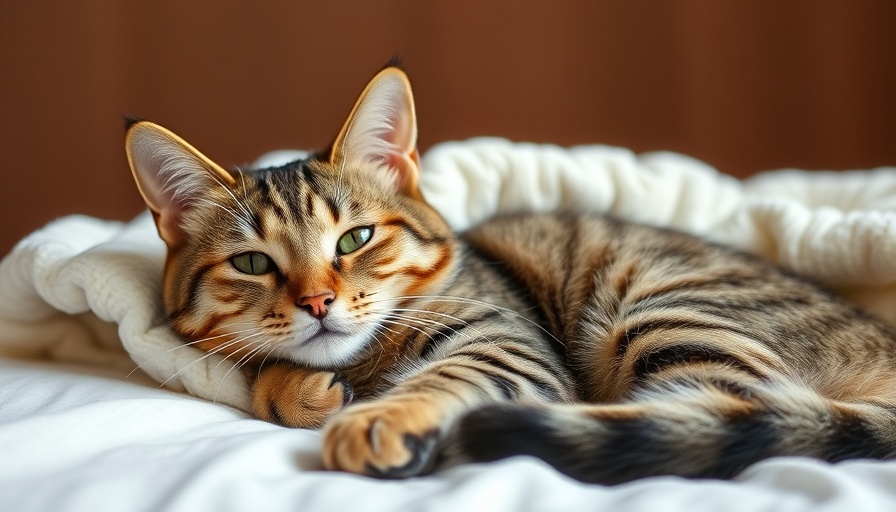
Why the CONVENIENCE Adjustable Leash is a Game-Changer for Every Pet Owner
If you're a pet owner who enjoys outdoor activities, you understand the struggle of finding a leash that’s not just functional but also stylish and adaptable. The CONVENIENCE Adjustable Leash from Hunter Pet Store is designed with both the pet and the owner in mind. This versatile leash is tailored for sports activities as well as leisurely walks, making it an essential accessory for pet parents who lead active lifestyles.
The Durability You Can Count On
Constructed from durable, weatherproof materials, the leash is designed to withstand the rigors of outdoor adventures. It offers a 3-fold adjustment capability, ensuring comfort no matter the environment—be it a freezing morning jog or a sunny afternoon stroll. Users rave about its performance in various conditions, saying it grips well whether in warm or cold weather.
Designed for Every Hand
One standout feature is how comfortably it lies in the hand. Unlike standard leashes that can cause strain during extended periods of use, the CONVENIENCE leash is engineered for a secure grip, preventing slips. This makes it ideal for those who like to combine dog walking with jogging or hiking. As one user stated, "The hands-free option is fantastic, allowing me to take photos while my dog enjoys the walk!" This hands-free feature truly amplifies the leash's versatility.
Value Beyond the Price Tag
At a price of $31.99, the CONVENIENCE leash gives you multifunctionality for a reasonable investment. Many pet owners express that having a hands-free option plus the ability to adjust the belt size effectively justifies the cost. The confidence that the leash won't fail during critical moments is invaluable, especially when trustworthy leashes can go for much more. Some compare it to similar offerings in the market, like the adjustable hands-free option on Amazon, noting that while prices may vary, the functionality often remains very similar.
A Closer Look at the Competition
Reference Article 2 mentions the Buddy System Adjustable Hands-Free Dog Leash available on Amazon, which emphasizes similar hands-free features and adaptability. Both leashes cater to active dog owners, but the CONVENIENCE leash stands out for its three adjustable lengths and more elegant design options. As pet ownership trends increase alongside active lifestyles, products like these prove not just practical but necessary.
Testimonials: What Do Dog Owners Think?
With a rating of 4.5 stars from users, the CONVENIENCE leash has garnered warm reception. Owners comment on its strong build quality and how it simplifies walks by allowing them to multitask without feeling restricted. Feedback ranges from enjoying hands-free capabilities to appreciating the adjustable lengths that allow for greater flexibility when needed.
Emotional Connect: Reappear with Confidence
The ability to enjoy your pet's company during outdoor activities without the hassle of traditional leashing methods significantly enhances the bond between pet and owner. Imagine hiking through a park while your dog explores the landscape, safe by your side, without the added weight of holding a leash tightly. It’s these moments that transform everyday walks into memorable adventures.
Ready to Enhance Your Pet Adventures?
Upgrade your pet ownership experience today with the CONVENIENCE Adjustable Leash, the perfect blend of functionality and style. Perfect for outdoor enthusiasts and casual walkers alike, this leash adds value to your adventures with unparalleled comfort and adjustability.
 Add Row
Add Row  Add
Add 




Write A Comment